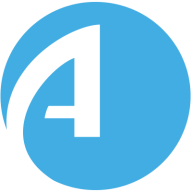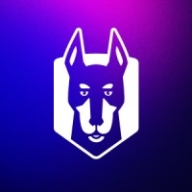

Snyk and Prevasio compete in vulnerability management tools, with Snyk having an edge due to its comprehensive features and robust integrations.
Features: Snyk is well-regarded for extensive integrations with CI/CD pipelines, developer-friendly tools, and a comprehensive vulnerability database, offering container, code, and dependency scanning. Prevasio provides reliable cloud support and features for container and code vulnerability detection.
Room for Improvement: Snyk can improve on supporting more programming languages, enhancing licensing compliance, and adding SAST or DAST capabilities. Prevasio could benefit from enhancing feature sets and improving setup processes to better compete with comprehensive solutions in the market.
Ease of Deployment and Customer Service: Snyk offers flexible deployment options across cloud and hybrid environments with well-received technical support. Prevasio supports hybrid cloud environments and offers good technical customer service, addressing issues promptly.
Pricing and ROI: Snyk is perceived as expensive but provides high ROI through reduced remediation times and productivity enhancement. Its transparent pricing aids in planning purchases. Prevasio's pricing varies, offering potential cost benefits for different markets but lacks the transparency of Snyk's pricing structure.
| Product | Market Share (%) |
|---|---|
| Snyk | 3.2% |
| Prevasio | 0.2% |
| Other | 96.6% |


| Company Size | Count |
|---|---|
| Small Business | 3 |
| Midsize Enterprise | 1 |
| Large Enterprise | 6 |
| Company Size | Count |
|---|---|
| Small Business | 20 |
| Midsize Enterprise | 9 |
| Large Enterprise | 21 |
Prevasio is an agentless cloud-native application protection platform (CNAPP) that provides increased visibility into security and compliance gaps, enabling cloud operations and security teams to prioritize risks and ensure compliance with internet security benchmarks.
Prevasio combines cloud-native security with SRI International's proprietary AI capabilities and AlgoSec’s expertise in securing 1,800 of the world’s most complex organizations.
Snyk excels in integrating security within the development lifecycle, providing teams with an AI Trust Platform that combines speed with security efficiency, ensuring robust AI application development.
Snyk empowers developers with AI-ready engines offering broad coverage, accuracy, and speed essential for modern development. With AI-powered visibility and security, Snyk allows proactive threat prevention and swift threat remediation. The platform supports shifts toward LLM engineering and AI code analysis, enhancing security and development productivity. Snyk collaborates with GenAI coding assistants for improved productivity and AI application threat management. Platform extensibility supports evolving standards with API access and native integrations, ensuring comprehensive and seamless security embedding in development tools.
What are Snyk's standout features?Industries leverage Snyk for security in CI/CD pipelines by automating checks for dependency vulnerabilities and managing open-source licenses. Its Docker and Kubernetes scanning capabilities enhance container security, supporting a proactive security approach. Integrations with platforms like GitHub and Azure DevOps optimize implementation across diverse software environments.
We monitor all Cloud Security Posture Management (CSPM) reviews to prevent fraudulent reviews and keep review quality high. We do not post reviews by company employees or direct competitors. We validate each review for authenticity via cross-reference with LinkedIn, and personal follow-up with the reviewer when necessary.